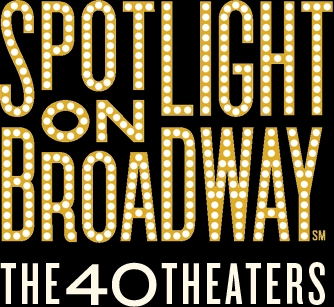Originally named the Forrest Theatre after Edwin Forrest, the first American-born Broadway star, it was the first to combine a theater with a hotel.
At the time it was built, in 1925, there were already 192 playhouses and 548 motion picture houses competing for patrons. The Shuberts tried to attract audiences with promotions such as free coffee, cigarettes, and perfume as well as the free services of silhouette artists and mind readers. Mostly due to the bar in the Forrest Hotel that was accessed through the orchestra, the theater was one of the few to survive the Depression. Ultimately it was auctioned in 1934 and leased to the producers of Tobacco Road, a provocative Depression-era play that was performed until 1941, making it the longest running play on Broadway at the time. Designed by Herbert J. Krapp, it was the first theater to use steel frame construction, which had only previously been used for skyscrapers and large apartment buildings. Krapp installed the most up-to-date stage curtain as well as an innovative system for moving stage scenery with electricity. One of Krapp’s most ornate theaters, the interior was adorned with decorative plasterwork. In 1953 theater was renamed the Eugene O’Neill; it was, the first theater to be named after a playwright. In the late 1960s Neil Simon bought the theater and presented seven of his plays there. In 1982 the Jujamcyn Company bought it with the goal of presenting new American work and succeeded with such plays as M. Butterfly, Spring Awakening, and The Book of Mormon.























